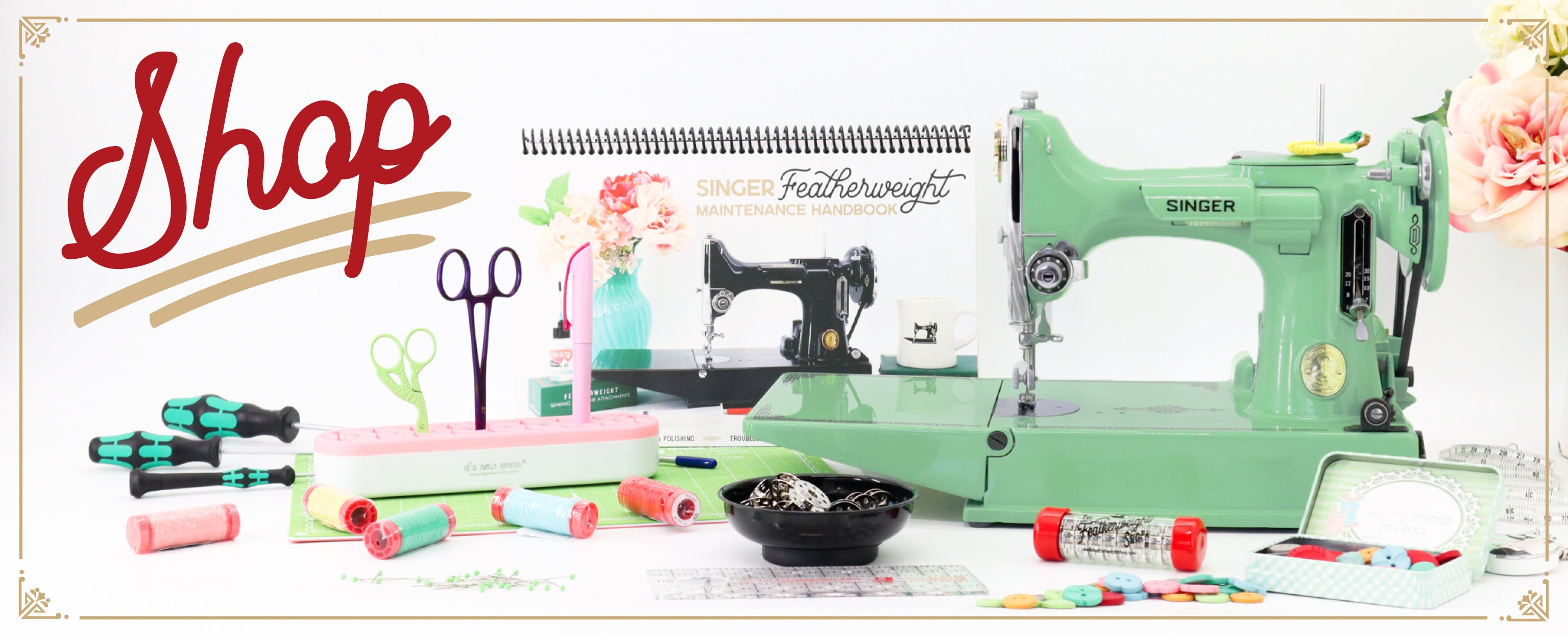Stitching With A Piece of Art
Needles are the tools that weave the strands of beautiful cross-points, embroider delicate designs, mend favorite stuffed animals of our children, and much more. These timeless designs are made possible by the tools that are expertly crafted by artisans that have perfected their skills after years upon years of practice. The Tulip Needle Company's tradition of producing extraordinary sewing needles while honoring their founder's legacy of creating high quality needles that are reliable and easy to use.
History of the Hiroshima Needle
Located in the beautiful mountainside of Japan's Hiroshima region, Kake, is Tulip's needle making factory. Accounting for over 90% of Japan's needle production, Tulip Needle Company has over 300 years of needle production history. Beginning when the ruling Asano Clan of the Hiroshima Domain shared the method of piecework to low-ranking samuri, the ancestors of present day Tulip Needle Company learned how to support themselves through this learned trade. Since this point, the Hiroshima region has been the hub of needle production and evolved into a mecca of technology and artistic evolution.
During the Edo period, Kake was also known as the "Geihoku" region - center for tatara iron-making.
Tulip Sewing Needle's
Identifiable Features, How They are Made, & Technical Development
Tulip Sewing Needles are known for several recognizable features, namely their smooth, fabric piercing tips and flexibility. There are more than 30 processes in place to ensure that each needle achieves the same high quality.
Tulip's Needle Eye
The uniqueness of Tulip's needle eye, along with the process in which the large and beautifully made eye is made, allows for easy threading.
Tulip's Needle Body
The needle body is the result of Tulip's Precision-Processing Technology, using state-of-the-art fields such as machine testing. The special treatment ensures the body of the needle to be the ideal durability.
About High-Precision Processing Technology
Anyone who has ever had the joy of using a Tulip needle to complete a needlepoint project understands just how fine the needles tips are! Tulip Needle Company has spent over 50 years developing High-Precision Processing Technology. The first step in the process is Ultra-precision grinding/polishing. During this step, the tips of the needles are grinded down using Tulip's proprietary precision grinding machine.
Tulip's Needle Point
When working on a cross-stitch needlepoint project, nothing is more important than having the proper tools, like a sharp needle! The Tulip Needle Points are expertly sharpened to various points to fit a variety of projects.
How are Tulip Needles Made?
1. Wire Drawing
Extruding in different sizes, according to type. Wire extrusion is the process of passing the wire through a shaped hole of a matrix or die by applying high pressure. This can by performed hot or cold.
2. Straight Cut
The steel wire is stretched straight and then cut to the length of the two needles.
3. Point Grinding
Sharpened gradually by repeated grinding.
4. Head Shaping
After the eye has been stamped, a hole is made while the section of wire is split into two needles.
5. Round Grinding
The two sides of the eye of know as the "ears." The ear grinding process results in a clean head with no bulges.
6. Hardening & Tempering
This is a critical process that gives the needles its hardness and elasticity. After the needles are grinded down, the Electrodeoposition Coating is applied. Electrodeposition Coating is the process in which the needle is dipped in in water-soluble paint. After the needle is fully coated, it is passed through an electric current that achieves uniform coating, even on an irregularly shaped item like the needle!
7. Body Grinding
The container is filled with the needles, polishing agent, and oil, and is rotated forward, back, left, right, up, and down in order to polish the surface.
8. Point Sharpening
Points gradually sharpened by repeated grinding.
9. Nickel Plating
The needle is plated with nickel. Depending on the specifications, the head may be plated withhold.
10. Inspection
At Tulip, they inspect the eye of every needle by the Quality Control department.
As with all aspects at Tulip Needle Company, even hole punching is done with precision. The Precision Stamping Technology confirms that each needle has the exact 0.3mm diameter hole punched on the beading needle, for example. As you can see in the diagram below, there is little room for error, and the attention to detail is enormous for these finely tuned works of art!

Tulip Needle Company's in-house Technical Department develops all necessary tools that are needed for manufacturing. If they do not have one on-site, they will take the time to research and invent the mass-product equipment.
Current Projects with Tulip Needles
Stitch Along: Stitch with us as we follow Kristin's progress on the Featherweight Counted Cross-Stitch pattern. Just joining us? Catch up here.

Available Tulip Needles & More at The Featherweight Shop
*Historical information cited from Tulip Needle Company








